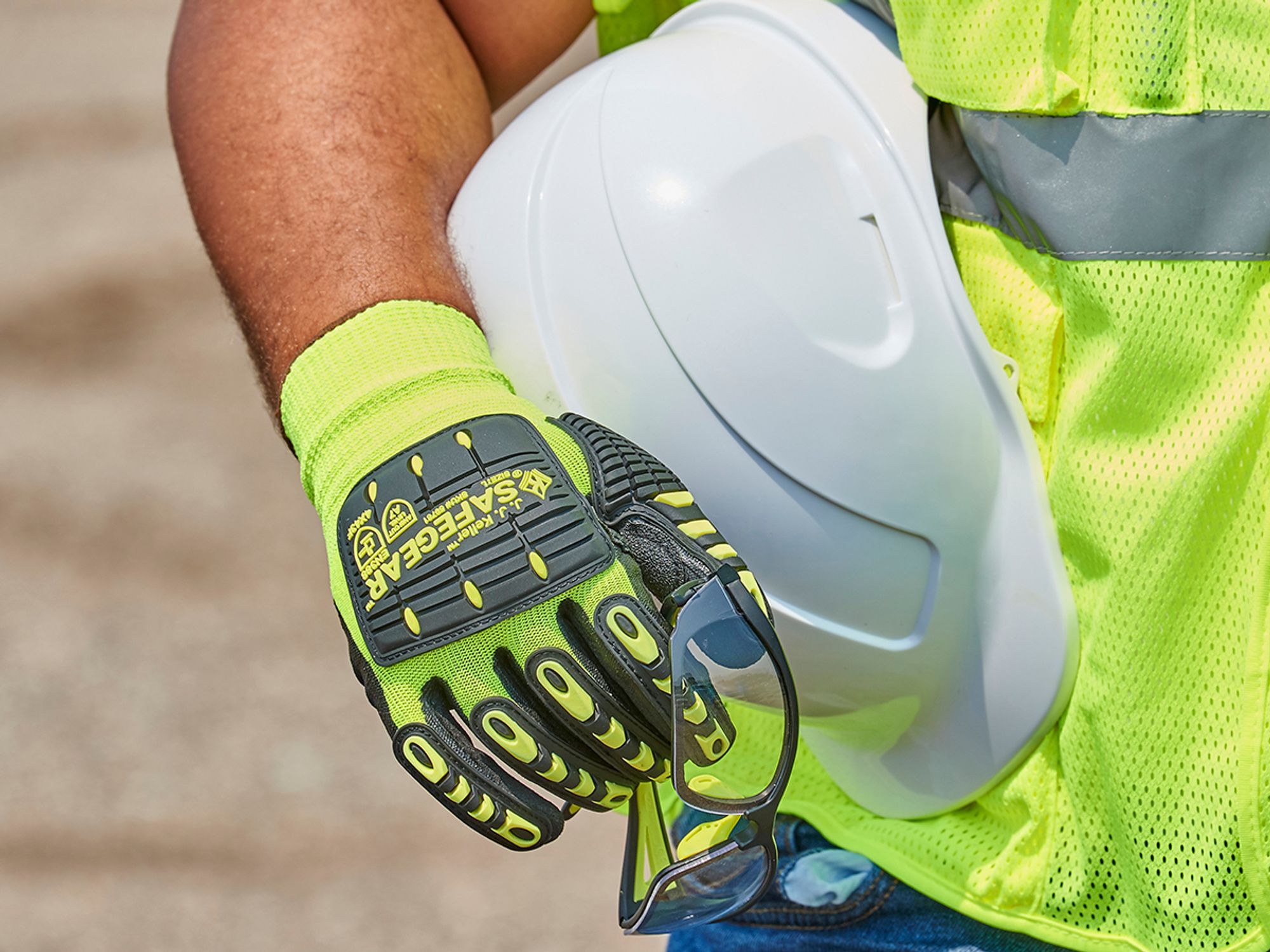Personal protective equipment

The Occupational Safety and Health Administration (OSHA)’s Personal Protective Equipment requirements generally apply to all employers who have employees exposed to any hazard that causes a need for protection. Individual requirements, such as for hearing protection, vary depending on exposure.
While personal protective equipment is part of the job in some industries — such as face shields for welding — as a rule, it is considered a last-resort, temporary type of protection. For normal operations, the priority should always be given to eliminating the hazard in the environment rather than using PPE. This is called implementing engineering controls.
No single combination of protective equipment and clothing can protect against all hazards. Thus, PPE should be used in conjunction with other protective methods. The use of PPE can itself create significant worker hazards, such as heat stress, physical and psychological stress, and impaired vision, mobility, and communication.
In general, the greater the level of PPE protection, the greater the associated risks. For any given situation, equipment and clothing should be selected that provide an adequate level of protection. Over-protection as well as under-protection can be hazardous and should be avoided.
